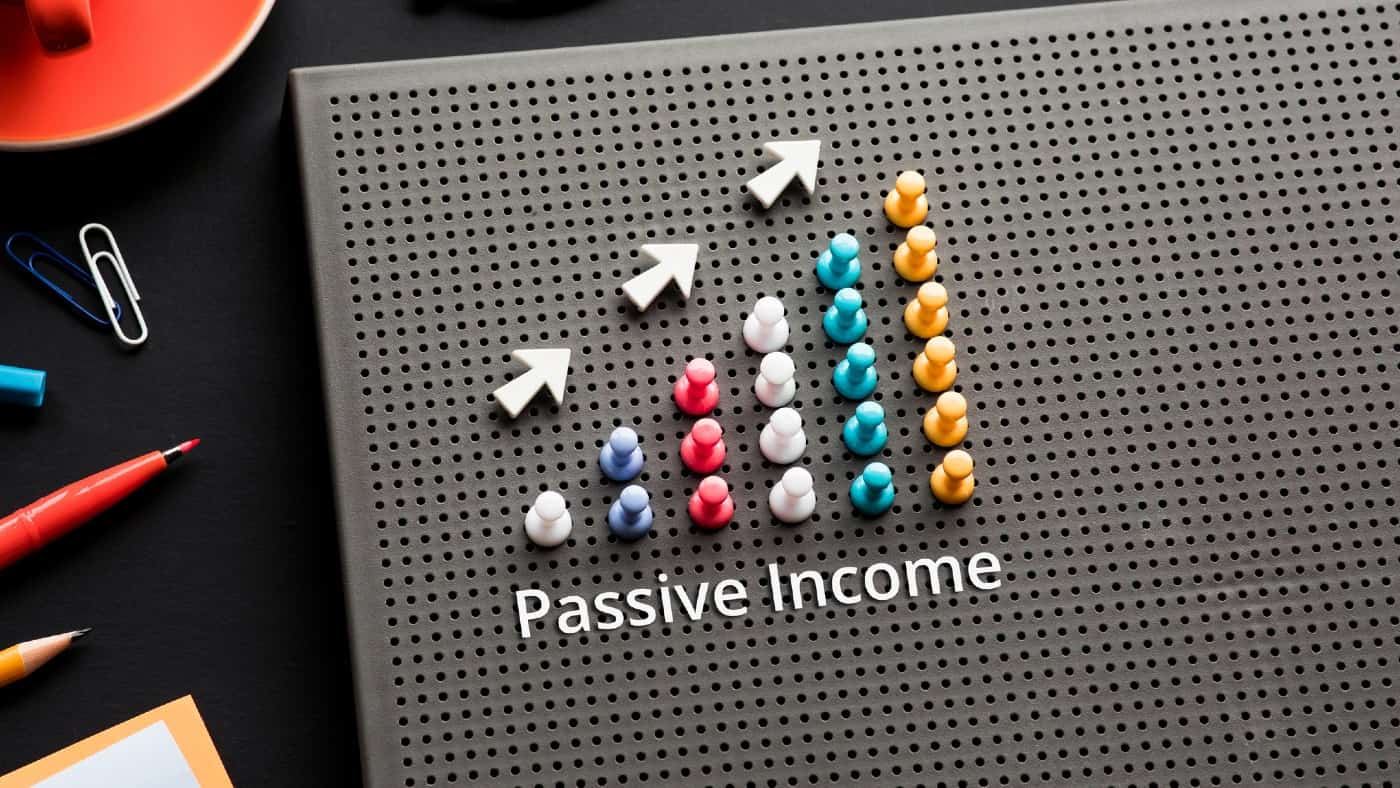Passive income is money made with minimal daily effort. And as Warren Buffet put it: “If you don’t find a way to make money while you sleep, you will work until you die.”
Picking the right stocks
My passive income portfolio consists of four stocks. These are Phoenix Group Holdings (LSE: PHNX), M&G, Legal & General, and Aviva.
Each has a high yield, what I see as an undervalued share price, and a strongly growing business.
Phoenix Group, for example, paid a 50.8p dividend in 2022. Based on the current share price of £4.97, this gives a yield of 10.2%.
The stock also looks undervalued against its peers. This means I am less likely to have all my dividend gains wiped out by a huge share price fall.
Using a core basic metric, the price-to-book (P/B) ratio, Phoenix Group trades at 1.5 against a peer group average of 1.7.
Phoenix Group did post a post-tax loss in H1 2023 of £245m (compared to a £1.258bn loss in H1 2022). But the losses primarily arose from adverse market moves against investments taken to hedge its capital position. A key risk to the stock remains high volatility in financial markets.
However, underlying business growth is so strong that the company released an unscheduled trading update on 1 February. It delivered around £1.5bn worth of new business long-term cash generation last year. This meant it had achieved its cash generation targets two years early.
The huge cash war chest is a massive driver for further growth.
The update also showed new 2023 business net fund flows increasing by about 80% — to £7bn.
Analyst expectations are now that its earnings and revenue will increase by 79% and 28% a year to end-2026. Forecasts are also for earnings per share to grow 70% a year to the same point.
The magic of dividend compounding
‘Dividend compounding’ is the same principle as compound interest in bank accounts, but rather than interest being reinvested, dividend payments are. The difference in returns between withdrawing dividends paid each year or reinvesting them is huge.
For example, my 10.2% dividend return on £10,000 worth of Phoenix Group shares would make me £1,020 in the first year If I withdrew that, I would receive another £1,020 the following year, provided the dividend remained the same.
If I kept withdrawing my payouts and the dividend stayed the same, I would have made £30,600 after 30 years.
However, if I reinvested the dividends into Phoenix Group stock, I would have £165,840 after 30 years, given the same average yield! That would pay me £15,350 a year in passive income, or £1,279 every month.
An added regular investment bonus
Terrific though this is, it could be even better if I continued to save every month — even just £500.
If I did this, I could have the same £15,350 a year (or £1,279 every month), after just 11 years.
After 30 years, provided the yield still averaged 10.2% (which is not guaranteed), I would have a total investment pot worth £1,379,128. This would pay me £132,927a year in passive income.
Inflation would dent my income. However, it shows that big things can have small beginnings.








